MH370 missing 11 years ago has new clues, mystery solved?
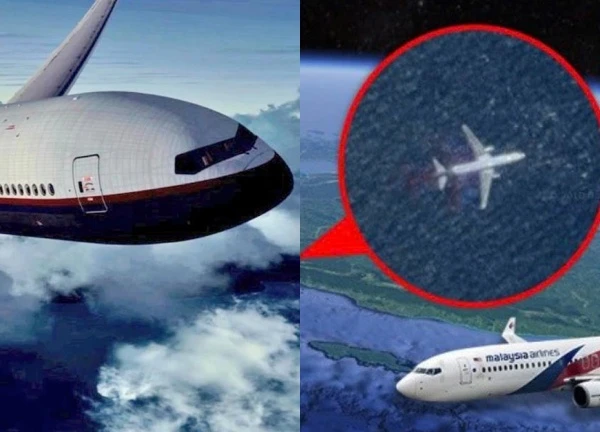
2 | 0 Discuss | Share
"Mayday. No thrust, no power, can't climb!" Captain Sumeet Sabharwal sent an emergency signal to the air traffic control (ATC) station on June 12, about 11 seconds after the Air India plane carrying 242 people took off from Ahmedabad airport in Gujarat state.
ATC immediately asked about the situation, but did not receive any further response from either the captain or the co-pilot, who seemed to be focused on handling the incident. In the next 19 seconds, air traffic controllers watched helplessly as the Boeing 787-8 Dreamliner, flight number AI171, gradually lost altitude and crashed into buildings near the airport.
The plane was piloted by Captain Sabharwal, who had 8,200 flying hours, and co-pilot Clive Kundar, who had 1,100 flying hours, India's Directorate General of Civil Aviation (DGCA) said.
The plane crashed just over a kilometer from Ahmedabad airport while en route to London, England. There were 232 passengers and 10 crew members on board.
According to experts, take-off and landing are the most dangerous times for an aircraft, when the plane is at low altitude and the pilot has little time to react if an incident occurs.
Officials confirmed that only one person survived the plane, Vishwash Kumar Ramesh, 40, a dual British-Indian national. The incident killed at least 265 people, including 241 on board the flight and the rest on the ground.
According to the Aviation Safety Network, this is the first incident involving a Boeing 787-8 Dreamliner. Boeing said it is gathering more information about the incident. The cause of the incident could take months to determine, with experts looking into bird strikes and equipment malfunction.
According to New India Express, the loss of the fuselage - the insured value of the Boeing 787-8 Dreamliner - is estimated at about $80 million. The remaining cost is the liability compensation for passengers, ranging from $30-50 million.
However, the total payout could be significantly higher, with some estimates suggesting passenger-related claims could exceed $100 million, particularly given the high net worth of many passengers.
Air India, now part of the Tata Group, has announced immediate assistance of 10 million rupees (about $116,000) for each bereaved family.
Notably, Tata AIG was the main insurer for the crashed plane, along with several other companies, including New India Assurance, which were partly insured, the Economic Times reported.
The contract is part of a global reinsurance program, distributed through the London market, where international reinsurers carry the bulk of the risk.
According to industry experts, Indian insurers such as Tata AIG, New India Assurance, National Insurance, United India, Oriental and ICICI Lombard retain less than 10% of the risk. GIC Re, India’s state-owned reinsurance company, alone holds 5% of the reinsurance contracts and could face a payout of around $4.1 billion.
The Boeing 787-8 Dreamliner that crashed was one of Air India’s main assets for long-haul international flights. The new purchase price of the aircraft was between 1.04 billion and 1.45 billion rupees ($125 million and $175 million).
Air India operates around 30 Dreamliners and has been operating the aircraft since 2012.
According to Ramaswamy Narayanan, chairman of state-owned reinsurance company GIC, civil liability claims, especially those involving passengers, often take a long time to quantify. Therefore, it is not yet possible to immediately assess the specific impact on future reinsurance prices.
However, experts agree that the incident will have a significant impact on the global aviation insurance market, where major risks such as aircraft hull and liability are often spread across international reinsurance contracts, according to The Hindu.
Narendra Bharindwal, president of the Insurance Brokers Association of India (IBAI), said that civil liability insurance policies, especially for flights involving regions such as Europe, often exceed $500 million. He said that this incident, along with other recent incidents, will make the international aviation insurance market more cautious, not only for Air India but for the entire industry.
Mr Bharindwal noted that insurance plans for large carriers like Air India are typically on a fleet basis and are reinsured in major hubs like London and New York. “Typically, the lead reinsurer retains only 10-15% of the value, with the remaining split between 1.5-2% each,†he said.
While there is no immediate fee adjustment, given the frequency of recent incidents, he predicts terms and fees will be tightened in the upcoming contract renewal period.
In the past, Indian aviation has recorded a few similar incidents that are quite serious. In 2010, a Boeing 737 from Dubai crashed while landing in Mangalore, killing 158 people. Another incident in Kozhikode in 2020 killed 21 people. Together, these two incidents resulted in insurance payouts of around $60-70 million (including the fuselage and civil liability).
A Tata AIG representative said the company is closely monitoring the situation as the primary insurer for Air India. An industry executive said Air India currently has a liability limit of $1.5 billion, with potential compensation for each passenger up to $250,000 in the event of injury or death.
Thai plane crashes into mangrove forest 11 minutes after takeoff, no one survives  JLO17:02:22 23/08/2024The Bangkok Post reported that the Thai Cessna Caravan C208 (HS-SKR) crashed into a mangrove forest in Bang Pakong district, Chachoengsao province at 3:18 p.m. A witness said he heard an explosion before the plane crashed.
JLO17:02:22 23/08/2024The Bangkok Post reported that the Thai Cessna Caravan C208 (HS-SKR) crashed into a mangrove forest in Bang Pakong district, Chachoengsao province at 3:18 p.m. A witness said he heard an explosion before the plane crashed.

2 | 0 Discuss | Share
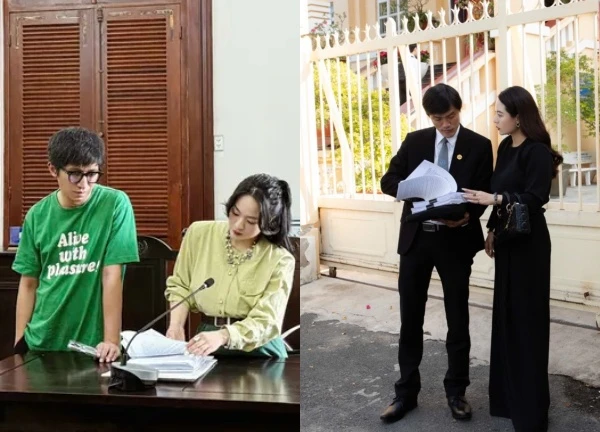
2 | 0 Discuss | Share

1 | 0 Discuss | Share
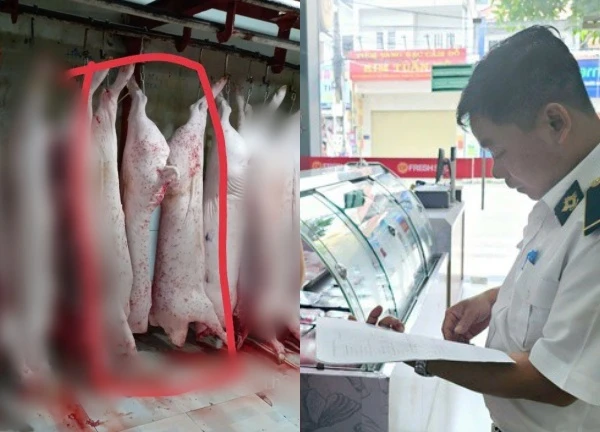
4 | 0 Discuss | Share
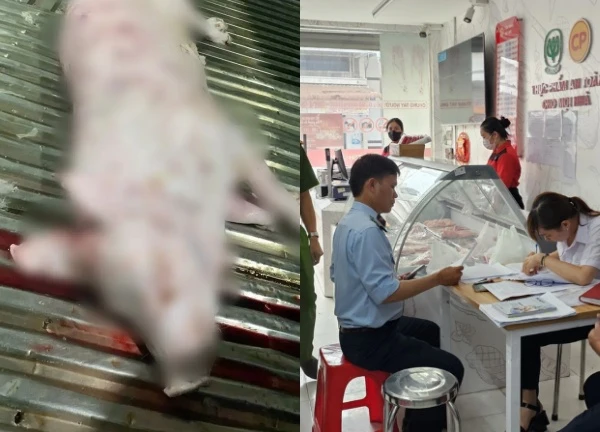
1 | 0 Discuss | Share

3 | 0 Discuss | Share

1 | 0 Discuss | Share
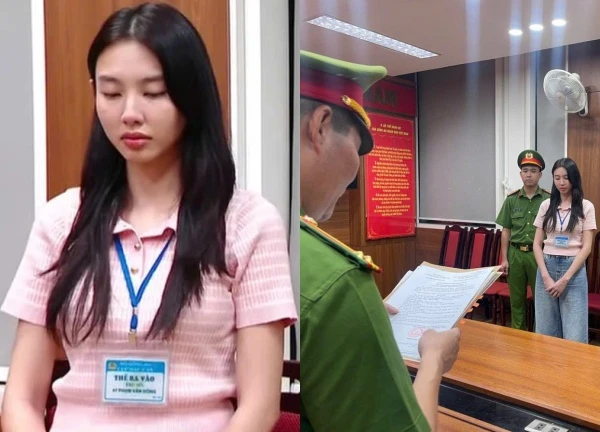
4 | 0 Discuss | Share
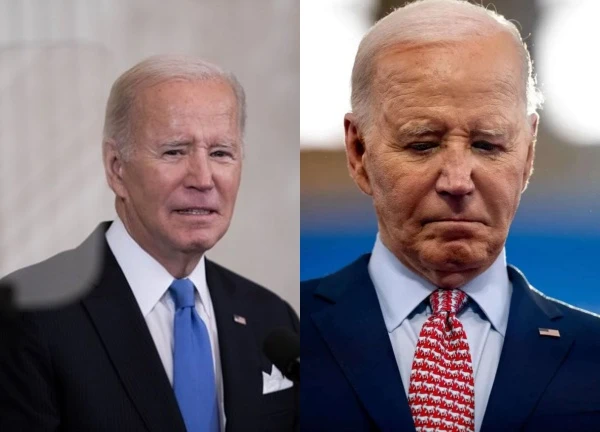
2 | 0 Discuss | Share

1 | 0 Discuss | Share
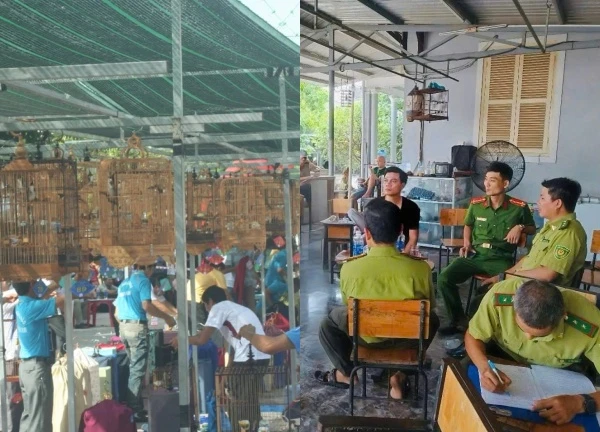
2 | 0 Discuss | Share
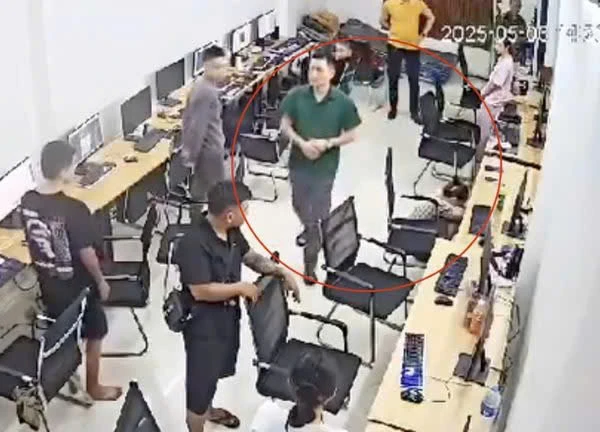
3 | 0 Discuss | Share









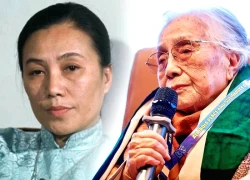
3 | 0 Discuss | Report